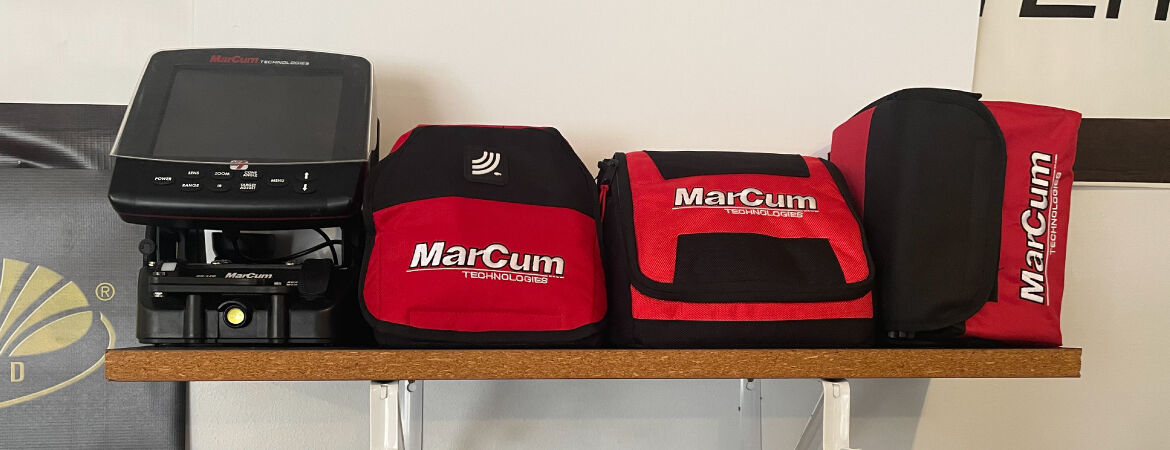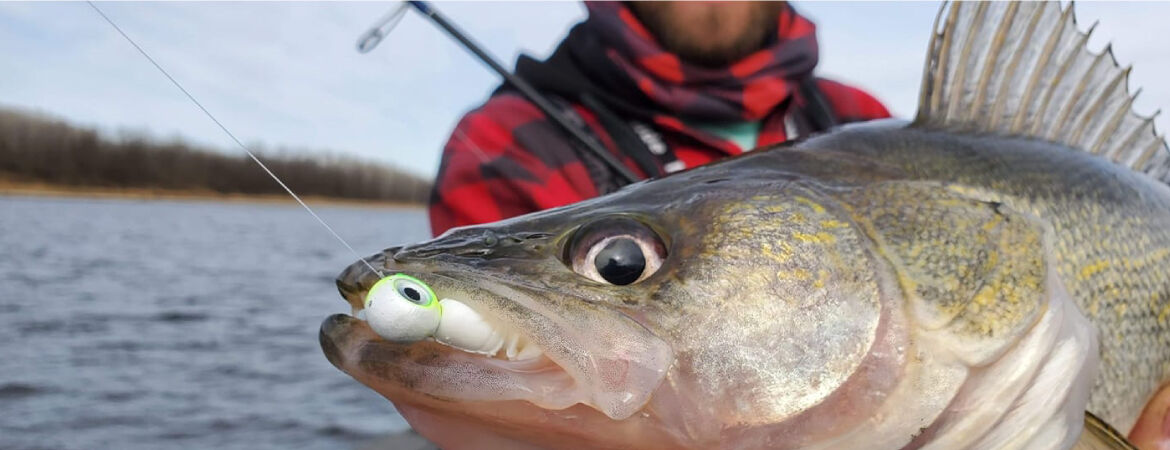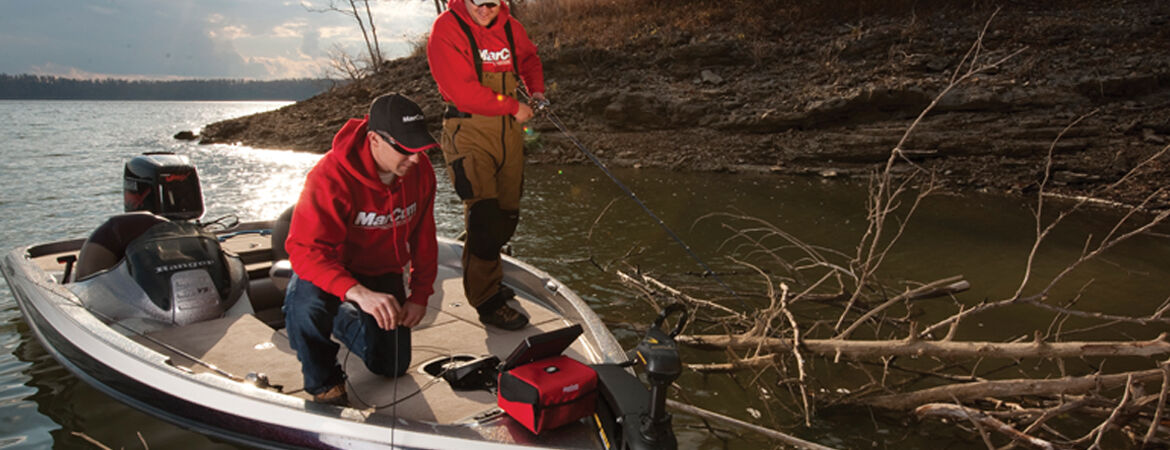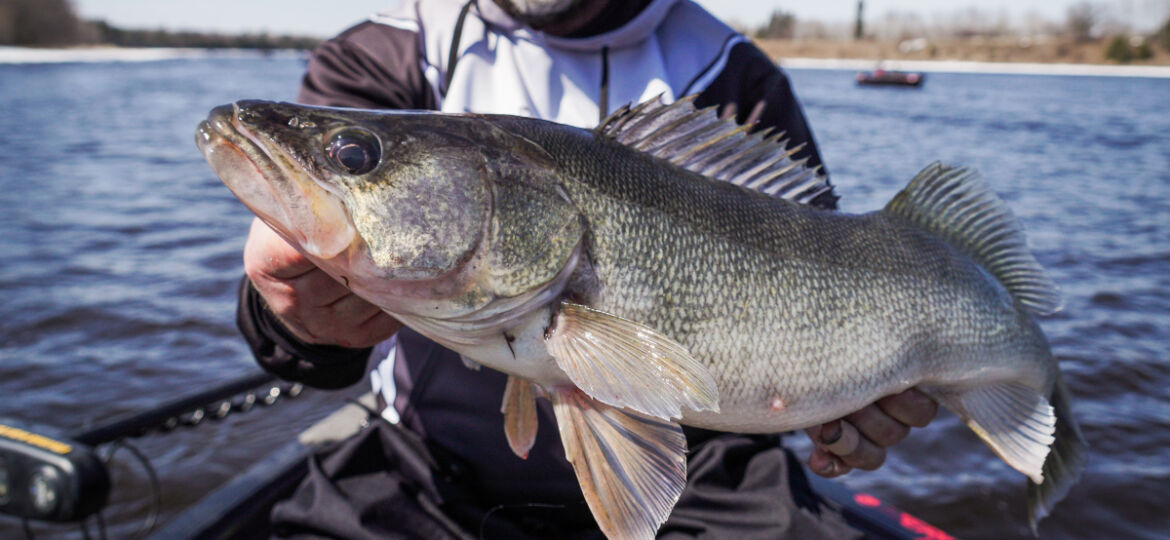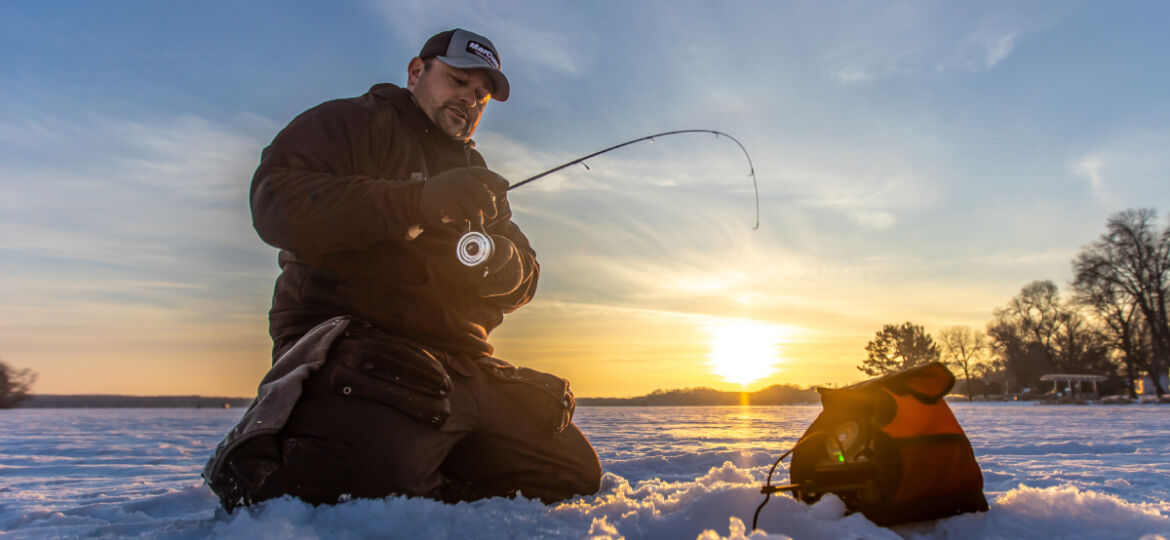








CHanging The Game
in Ice Fishing ELECTRONICs
CHanging The Game
in Ice Fishing ELECTRONICs
Show Your Loyalty with Latest MarCum Apparel.
Show Your Loyalty with Latest MarCum Apparel.
LiFePO4, Li-ion, & Lead-acid Batteries have slightly different long-term storage requirements. Find the best way prolong your battery life.
Minnesota’s early May fishing opener is a date most avid walleye anglers have circled on the calendar, but long before May is the pre-opener down on Pool 4 of the Mississippi River. Warm spells in February, all the way through the traditional opening day, offer anglers a great chance at not just knocking the rust off, but catching both numbers and size for walleye and sauger both.
As Joel Nelson says, “There’s no better feeling than the slight “tick” of the rod tip or a line-jump as a shallow-water walleye inhales some plastic. “
Underwater fishing cameras are recognized as a valuable tool for ice; however, they can be just as beneficial during the open water season – and for many of the same reasons. Open water electronics continue to evolve to new lengths every season but they still leave things open to interpretation. Underwater cameras, however, are capable of answering questions that other electronics cannot, as well as teaching anglers more about what they’re seeing on their electronics. They are an angler’s eyes below the surface.
Long before the inland lakes of Minnesota are free from ice, moving water draws thousands of anglers back into their boats for a chance at some border walleye. Every spring, the historic Rainy River sheds its winter coat and gives anglers the freedom to fish open water once again. Thousands upon thousands of walleye leave Lake of the Woods and head upstream towards International Falls to complete their annual spawning run. And no rain, snow or sleet will stop some of the die-hard walleye anglers from dropping their jigs into the icy water in hopes of catching a giant walleye.
With gamefish seasons closed at least in my home state, end of ice forays are all about panfish. Whether crappies or bluegill, there’s usually something going by the time March’s sun angle and warmer temps are beating back shoreline ice or at the very least, keeping snow cover down and allowing easy on-lake travel.
However, late ice is a fickle period with weather being the primary driver of conditions and the resulting bite. While it’s probably no surprise by now that the later on hardwater we get, the better the fishing and shallower they may be, here’s a few location tips I’ve learned while chasing late ice panfish.


